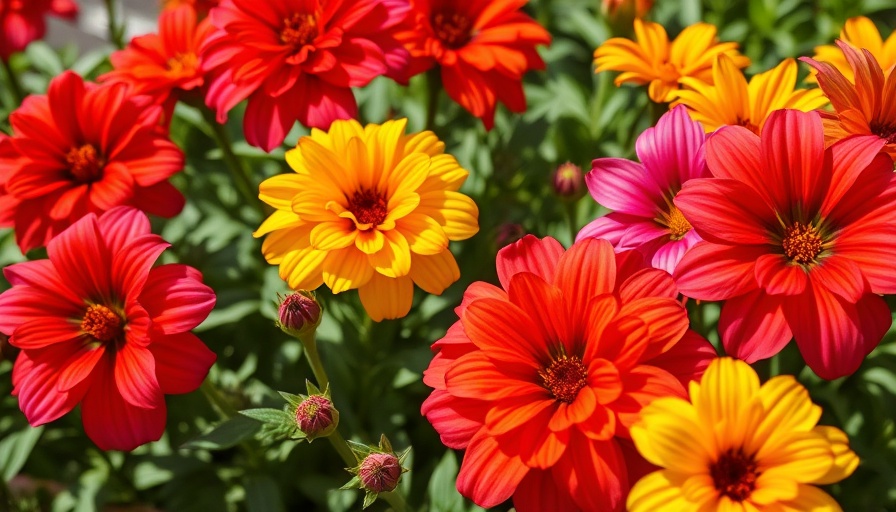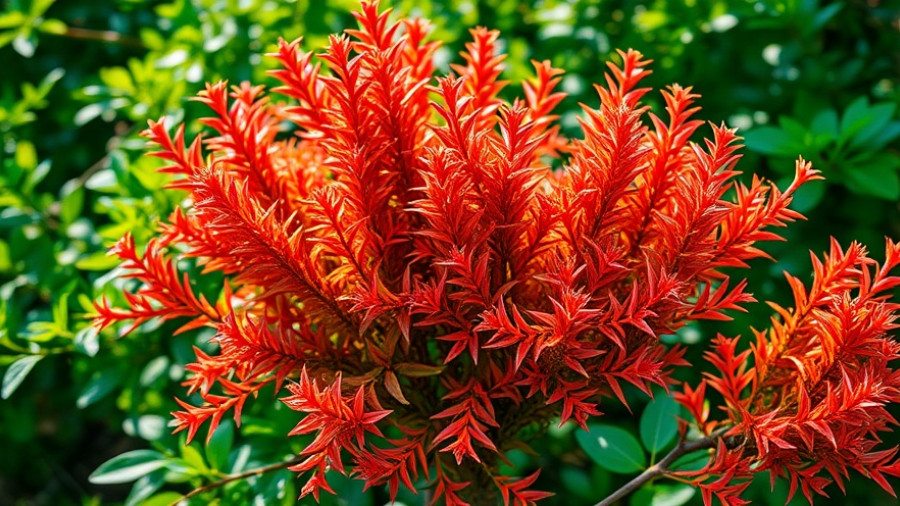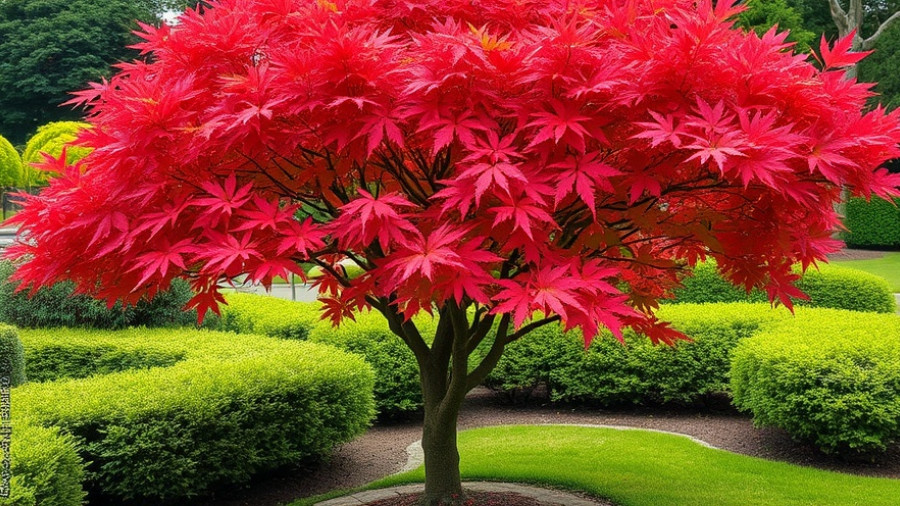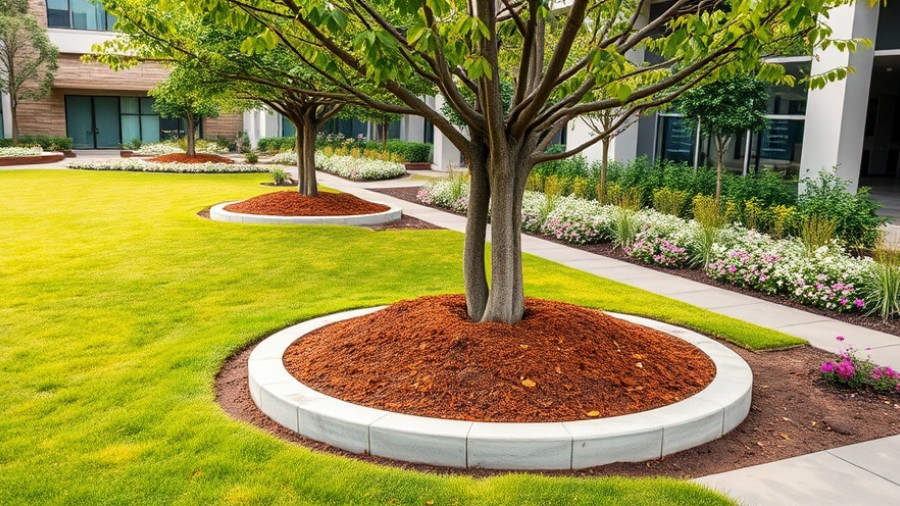
Discover Vibrant Blooms with Minimal Watering
If you wish to cultivate a picturesque garden without the hassle of daily watering, you're in luck! With the right selection of flowers, you can enjoy colorful blooms even in the hottest summer months. According to flower farmer Briana Yablonski, choosing drought-resistant species is a fantastic way to achieve this goal. These flowers are not just resilient; many are also native to areas that experience periods of drought and have adapted accordingly. This means less fussing over your garden while enjoying a beautiful landscape.
Why Choose Drought-Tolerant Flowers?
Opting for flowers that thrive with minimal watering has multiple benefits. Firstly, these plants significantly reduce the amount of water needed for maintenance, cutting back on your overall garden care. This is particularly beneficial if you're busy or frequently away during summer. Secondly, many of these flowers are low maintenance, often requiring just a little deadheading and watering during severe dry spells.
Top Flowers That Flourish Without Much Water
Here are some of the best drought-resistant flowers that can thrive in your garden:
- Milkweed / Butterfly Flower: A favorite among butterflies, this flower not only supports pollinators but also thrives in dry conditions.
- Double Blend Portulaca (Moss Rose): Known for its bright colors and ability to tolerate heat, this flower adds a cheerful touch to any garden.
- Double Sunburst Coreopsis: This vibrant perennial is both resilient and easy to care for.
- Pearly Everlasting: A native perennial that can adapt to poor soil conditions, making it an excellent addition to your landscape.
- Blanket Flower: This hardy flower not only survives with minimal water but is also excellent for attracting bees and butterflies.
Integrating Drought-Tolerant Flowers into Your Garden
When planning a new flower bed or revitalizing an existing space, consider incorporating these resilient varieties into your design. Not only will they ease your workload, but they also contribute to sustainable gardening practices that respect local ecosystems.
Visual Appeal and Practical Solutions
In addition to their practical benefits, these flowers contribute to stunning aesthetics in your outdoor spaces. Imagine a blooming backyard featuring bold colors, a variety of textures, and the low environmental impact of native plants thriving under your care. Judiciously arranged, these plants can enhance your backyard makeover ideas or fit seamlessly with outdoor kitchen designs.
Garden Planning Tips for Drought-Tolerant Options
To start planning your garden with these flower options, consider the following tips:
- Research Hardiness Zones: Ensure the flowers chosen are suited for your area’s climate.
- Plant in Groups: Grouping drought-tolerant flowers can create a visual impact and allow for more efficient watering.
- Utilize Mulching Tips: A good layer of mulch can help retain moisture while also suppressing weeds.
Long-Term Value of Drought-Resistant Gardening
By selecting water-wise plants, you're making a choice that resonates beyond aesthetics. It’s about creating a sustainable environment where your garden flourishes with minimal effort. Furthermore, this approach can lead to valuable insights into effective landscape lighting ideas and eco-friendly yard care methods. As we evolve our gardening practices, let’s embrace the beauty of arid landscapes that demand little and give plenty.
In conclusion, a garden filled with drought-resistant flowers not only aids in water conservation but also fosters rich biodiversity in your backyard. Dive into your flower bed layout transformation today and begin experimenting with these resilient beauties!
 Add Row
Add Row  Add
Add 




Write A Comment